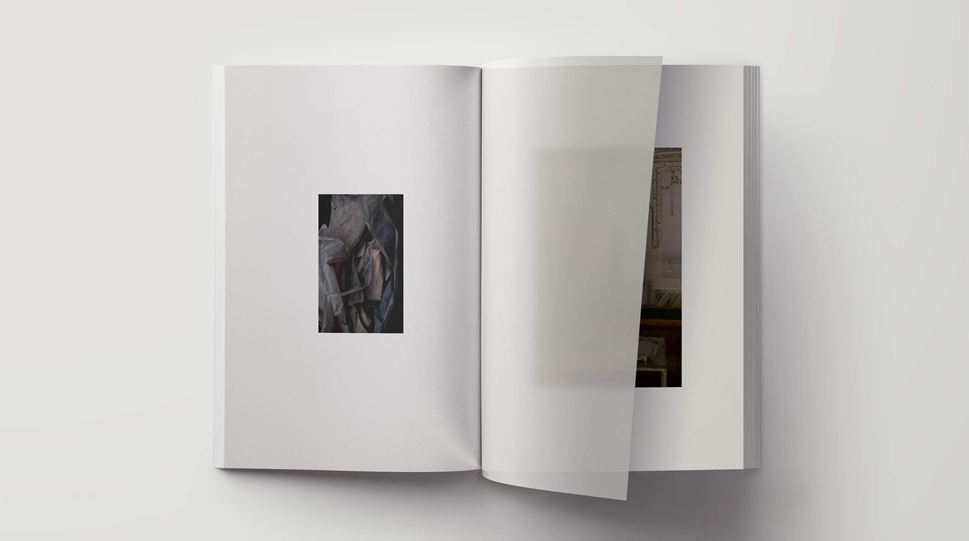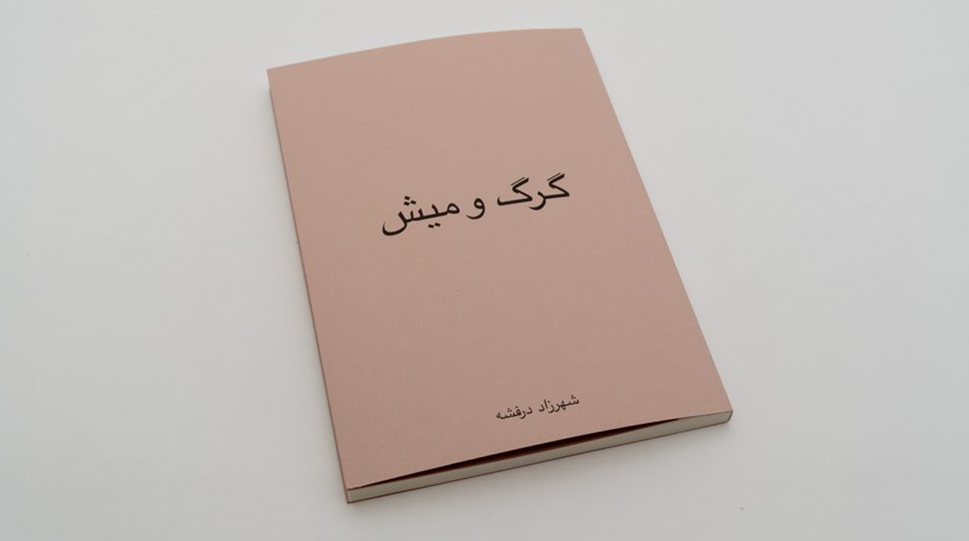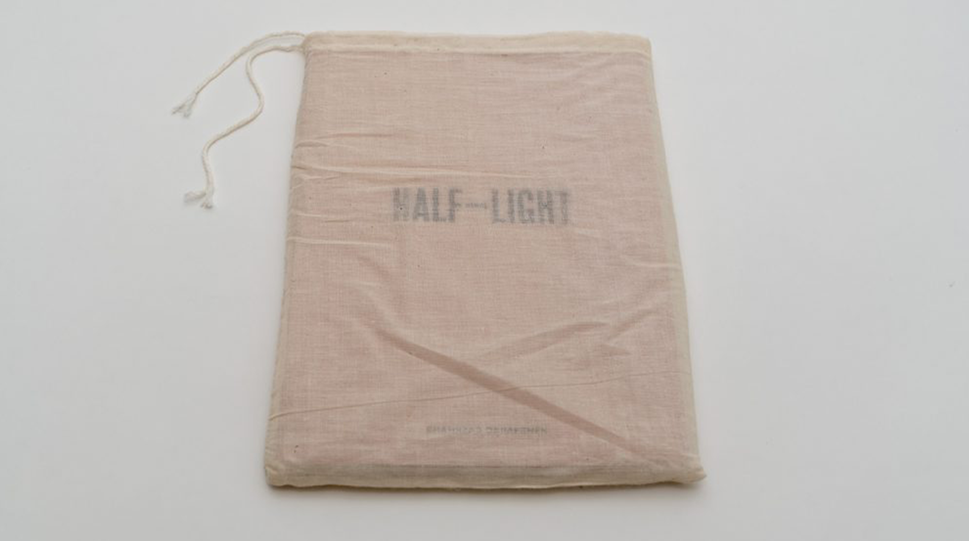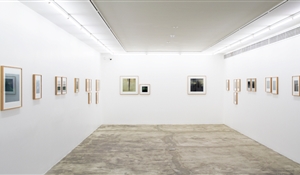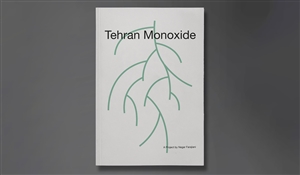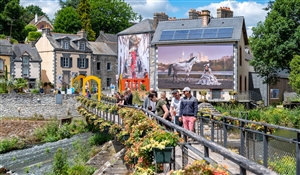A Note on the Half-Light Photo Book by Shahrzad Darafsheh
06 Aug 2022"Half-Light" is the title of a photo book by Shahrazad Darafsheh, which was created and published in 2018 in collaboration with the Gnomic Book publishing. "Half-Light" is the first experience of Darafsheh, an Iranian artist and photographer, in the field of creating and publishing photo books outside of Iran.
Photo books operate as apertures that provide another type of encounter with photos and photo collections for the artist and the audience and include a purposeful and coherent domain. The presentation of the work in the form of a photo book has its own advantages; therefore, its final result is very different from presenting in a gallery space. There is no exception with "Half-Light" and it shows the audience an intentional circuit of photos, which are placed in the book in a certain order. Darafsheh describes this book as "the incidents of a journey into a disease"; although the book is not directly about the disease, it shows the artist's body and observations of the world around her in the way that the disease has set for her.
The appearance of the book catches the viewer's attention at first glance. "Half-Light" has a fabric cover and its title is written on both sides of the book in Farsi and English. The fabric cover shows the title a little faded; this feature is continued in the inner pages of the book with transparent papers that are placed between each photo and the next one. This makes the photos appear blurry at first. It can also be followed in the interaction with the name of the collection and the prevalent atmosphere throughout the book.
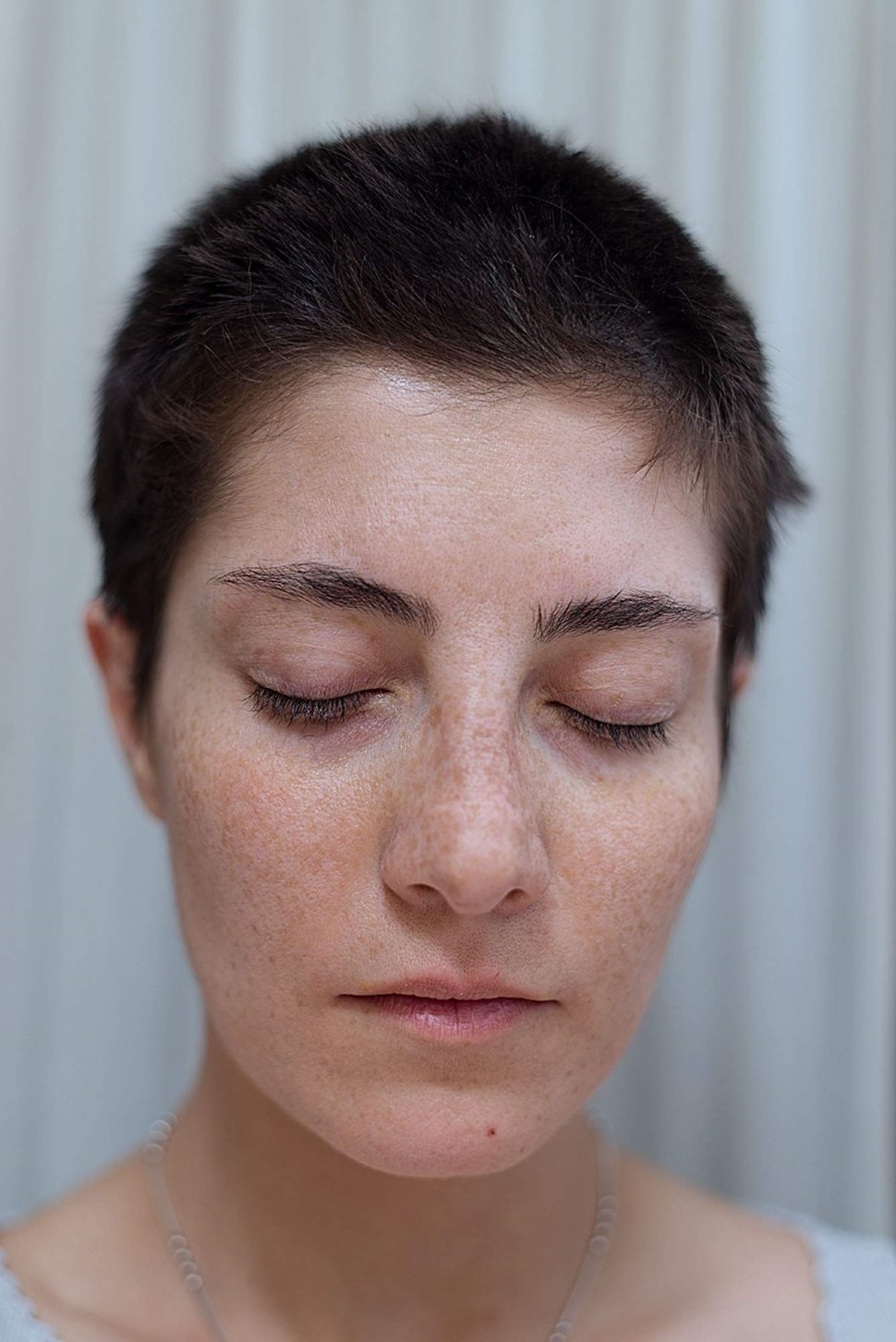
"Half-Light" photo book | Shahrzad Darafsheh | Source: www.amazon.com
By using the features of the book as a context to present the photos, Darafsheh has created the possibility of two different readings. The book can be read from both Farsi and English sides, and each side brings its own readings. Exactly after opening the book, we are faced with a ruba'i (quatrain) by Khayyam that is somehow about traveling in this world and a long night gathering. After this ruba'i, we can see photos. The book is divided into four chapters and the passage of these chapters is marked by single images that are printed on the paper against the direction of the other photos. In reading the photos from right to left (Farsi), we first encounter a photo of a stone. The following photos were taken in a dark atmosphere. An image of a road and a mountain at night, a point of light barely alive in the dark, a hole that seems to be inside a rock, and other photos that are drowned in the darkness. The trend gradually fades to light and comes to an end with photographs of body organs, a room with old furnishings, a flower, clothes on a rope flying in the wind, etc. In this reading, the final photo of the book shows the sun behind the clouds with birds flying in front of it. Meanwhile, an artist's portrait attracts attention as well; it reminds an existence combined with a special calmness and is like a body in a flow (the mentioned path). Also, the suture wound after surgery is obvious in this image as well, which is perhaps the closest image to the disease itself. Among the other photos that we come across, an isolated branch in the desert or the bust image of the artist from behind can be mentioned.
Shahrzad Darafsheh's photos in "Half-Light" mostly include nature and her surroundings. The body and human include a more limited part, and in this part, the photos are limited to the artist herself and her relatives. In other words, when it comes to photographing people, we end up with a kind of intimate photography. However, this procedure also stands out when facing nature, and Darafsheh's photos can be compared to her physical encounter with her surrounding environment. "Half-Light" on the other hand remains a diary that is recorded visually. Together, the pictures lead to the construction of a situation that the artist has experienced and lived through. Of course, as it was said, we are not encountered with a document and superficial chronicle of a disease transition and we only go along with references albeit limited in this way. The photos are very intimate; in a way that can be easily understood by the audience. Some of them are also very delicate.
"Half-Light" is like wandering in humane moments and leads to the opening of a window for the audience to observe the personal world of the artist. These moments/photos are sometimes fleeting, intimate, poetic, and sometimes thought-provoking and bring the audience along on this journey.
Cover and slider image:
- www.amazon.com
- www.collectordaily.com



